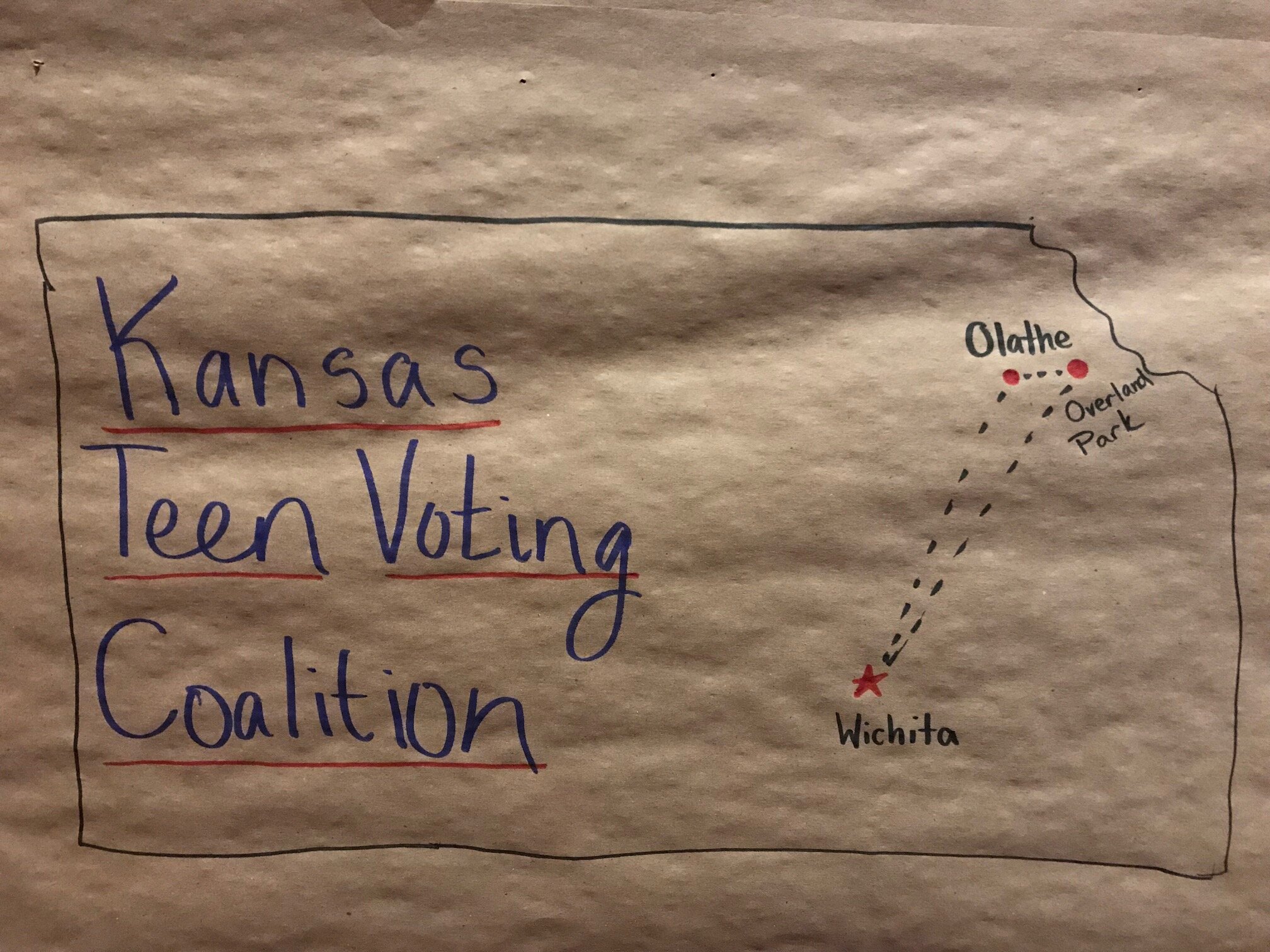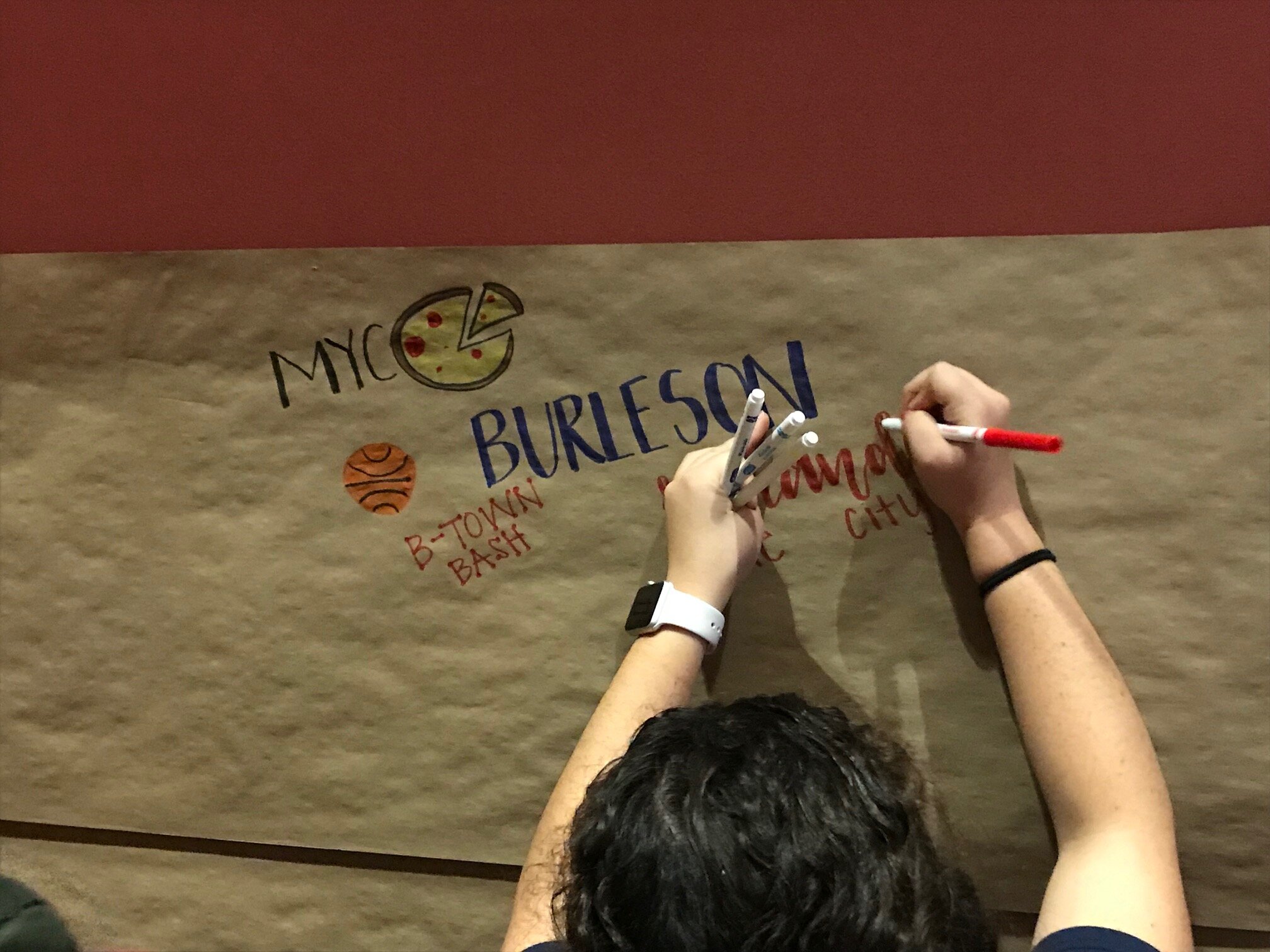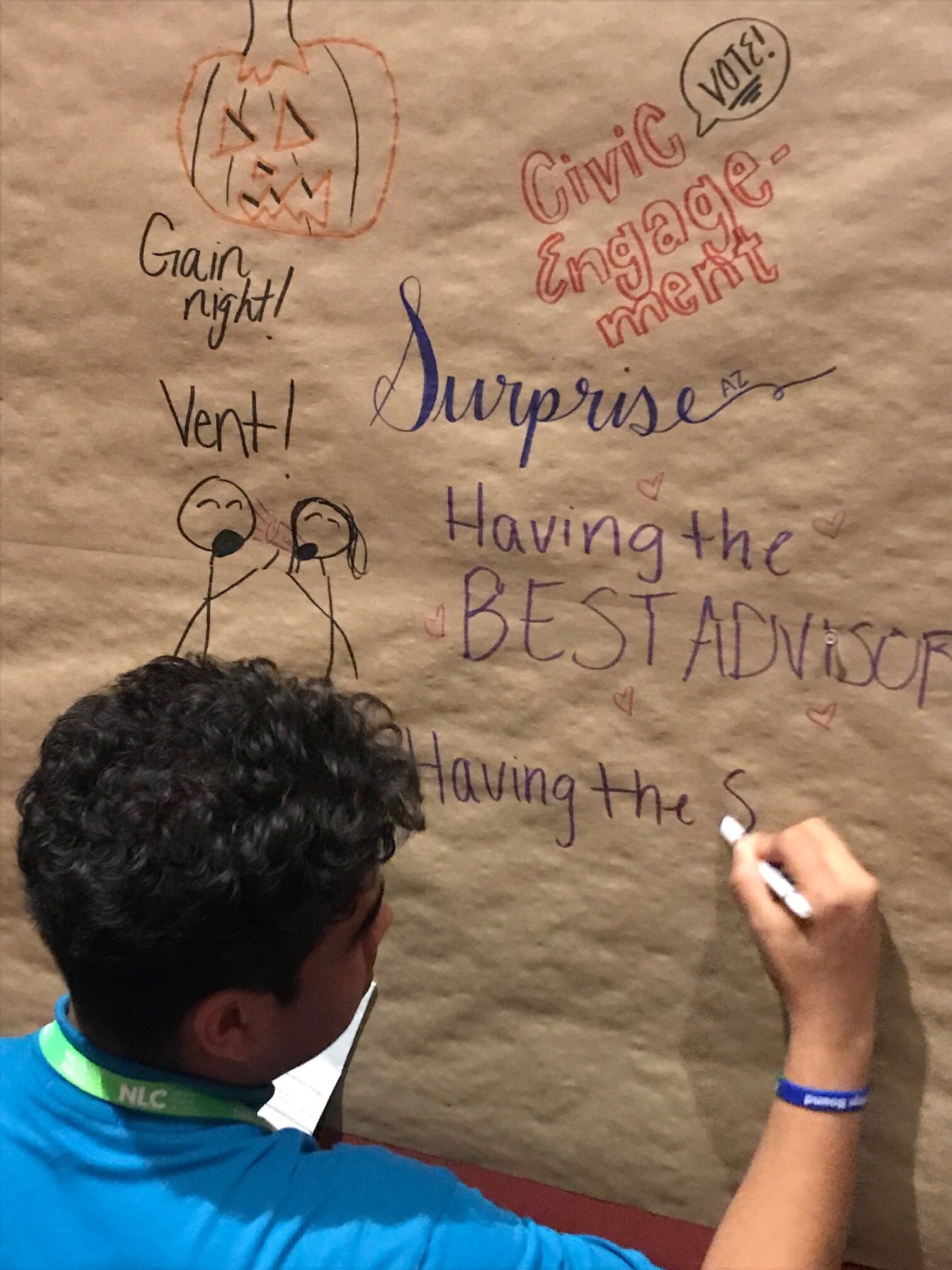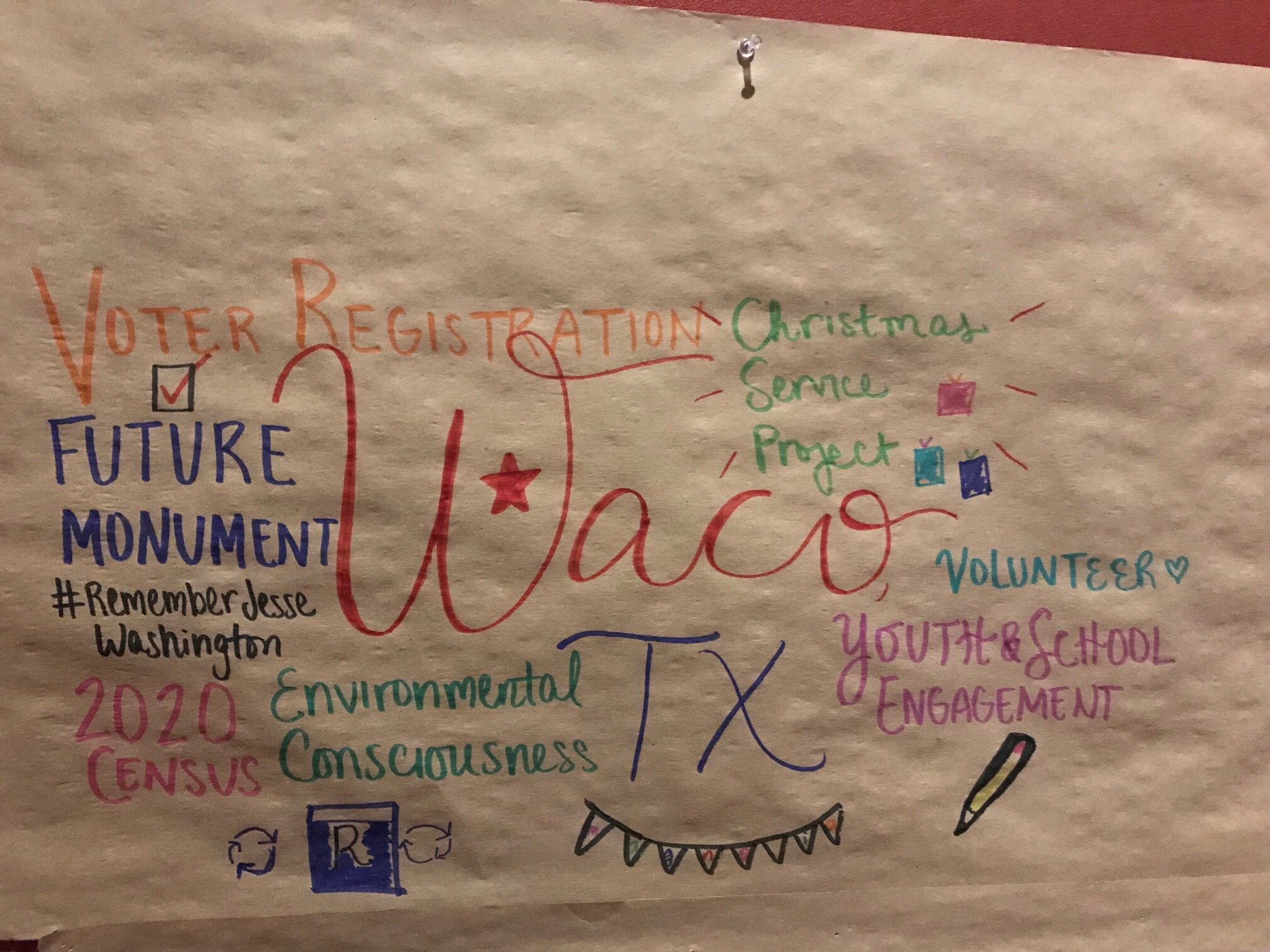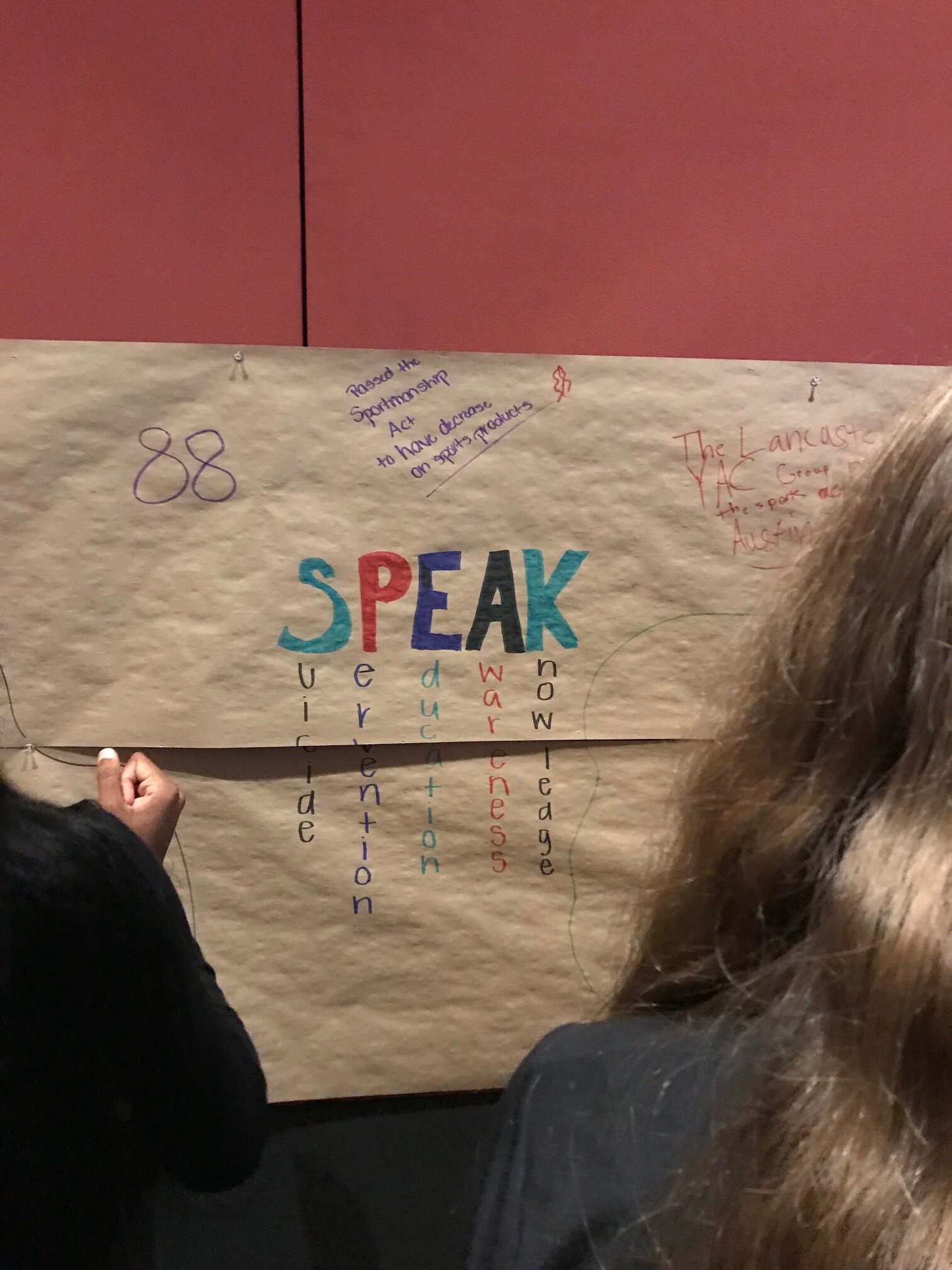The Center for Children’s Law and Policy (CCLP) invested significant resources to evaluate its own success as an advocacy and policy reform organization and is applying lessons learned, especially about youth and community engagement, to ongoing reform efforts.
The evaluation measured the process and outcomes of CCLP’s Law Enforcement Leadership for Equity initiative, a year-long partnership with four diverse law enforcement agencies. CCLP and the agencies sought to advance equity and reduce system involvement for youth of color through policy reforms. Although youth and community engagement was a stated core component of the process, agencies made little progress authentically engaging youth or communities of color and subsequently did not achieve their racial equity goals.
CCLP will share the evaluation publicly through two reports, one documenting lessons learned from the technical assistance process and the other completing the picture of progress and results achieved by each law enforcement agency.
Committing to an evaluation included multiple hours on the part of staff, as well as time from leaders and community partners of each law enforcement agency, to participate in meetings and interviews, as well as provide historical and quantitative data. CCLP also received financial support to evaluate its own work from a foundation, something I rarely see and wish more foundations would prioritize.
I’ve been consistently impressed with CCLP’s willingness to receive constructive criticism and dedication to applying what they learn moving forward. Already, CCLP applied lessons and recommendations for more authentic youth and community engagement to ongoing work with the Baltimore City Police Department and the Mayor’s Office of Neighborhood Safety and Engagement.
Evaluation Services Supported Learning and Evolution
I provided a robust evaluation of the process and outcomes of CCLP’s technical assistance and the policy reforms achieved by each department, along with recommendations for future progress. My evaluation process included developing measures of CCLP’s target outcomes, collecting and analyzing quantitative data from the departments, as well as collecting and applying qualitative data through interviews and surveys with diverse stakeholders.
As it was the weakest area of progress by CCLP and each of the four departments, I provided the bulk of my recommendations on advancing youth and community engagement in future policy reform efforts by law enforcement agencies and their national policy partners, like CCLP. “Laura’s clear and convincing evaluation and well-founded recommendations drew a clear line for us between the crucial importance of authentic youth and community engagement and achieving the measurable results we seek through our work. Real, robust youth and community engagement can lead to greater equity in justice system reforms,” reports Tiana Davis, CCLP’s Policy Director for Equity and Justice.
I am now documenting more advanced youth and community engagement work by CCLP and Baltimore, with an eye toward measuring how authentic engagement supports better racial equity outcomes in the future.
Next Steps for Greater Legal System Reforms
This evaluation correlated strong partnership with those most affected by reforms with measurable success toward equity and fairness in the legal system. Experts and policy makers at all levels of the juvenile and criminal justice fields have long paid lip service to youth and community engagement, especially with people most impacted by the system. However, efforts to authentically partner with people charged or convicted of crimes, incarcerated people, and/or victims of crime have routinely fallen short of rhetoric.
Authentic engagement of affected people takes time, people, money and leadership. Funders, national or local policy organizations and agencies within the legal system will need to apply the lessons of authentic youth and community engagement to begin achieving the actual results long-promised but rarely achieved.



